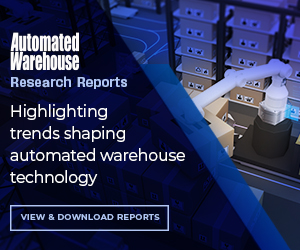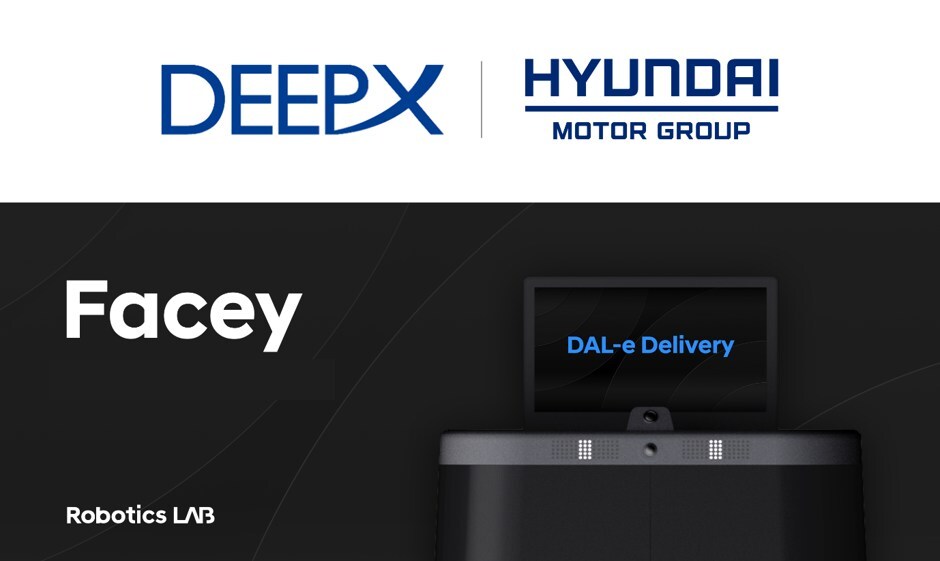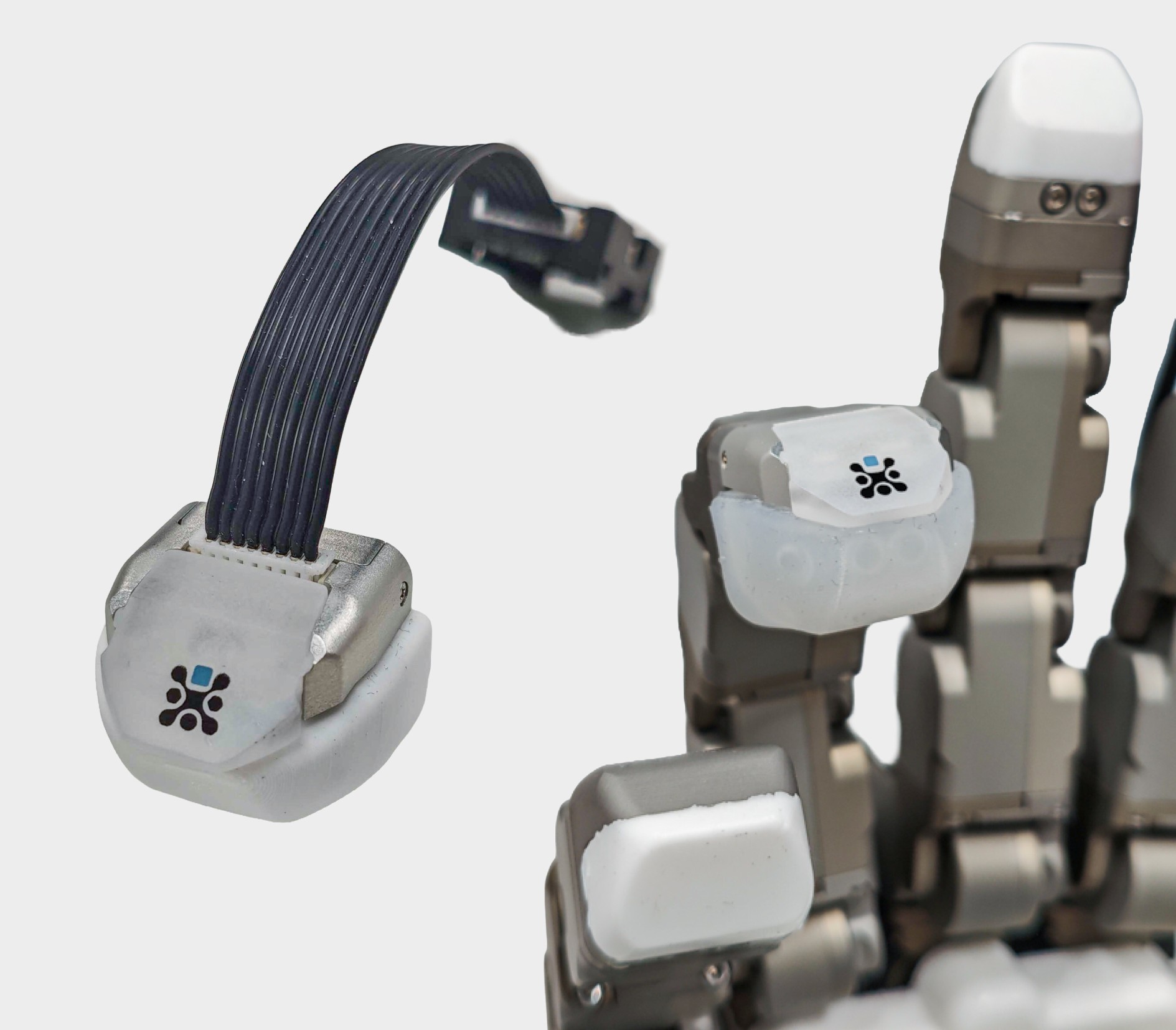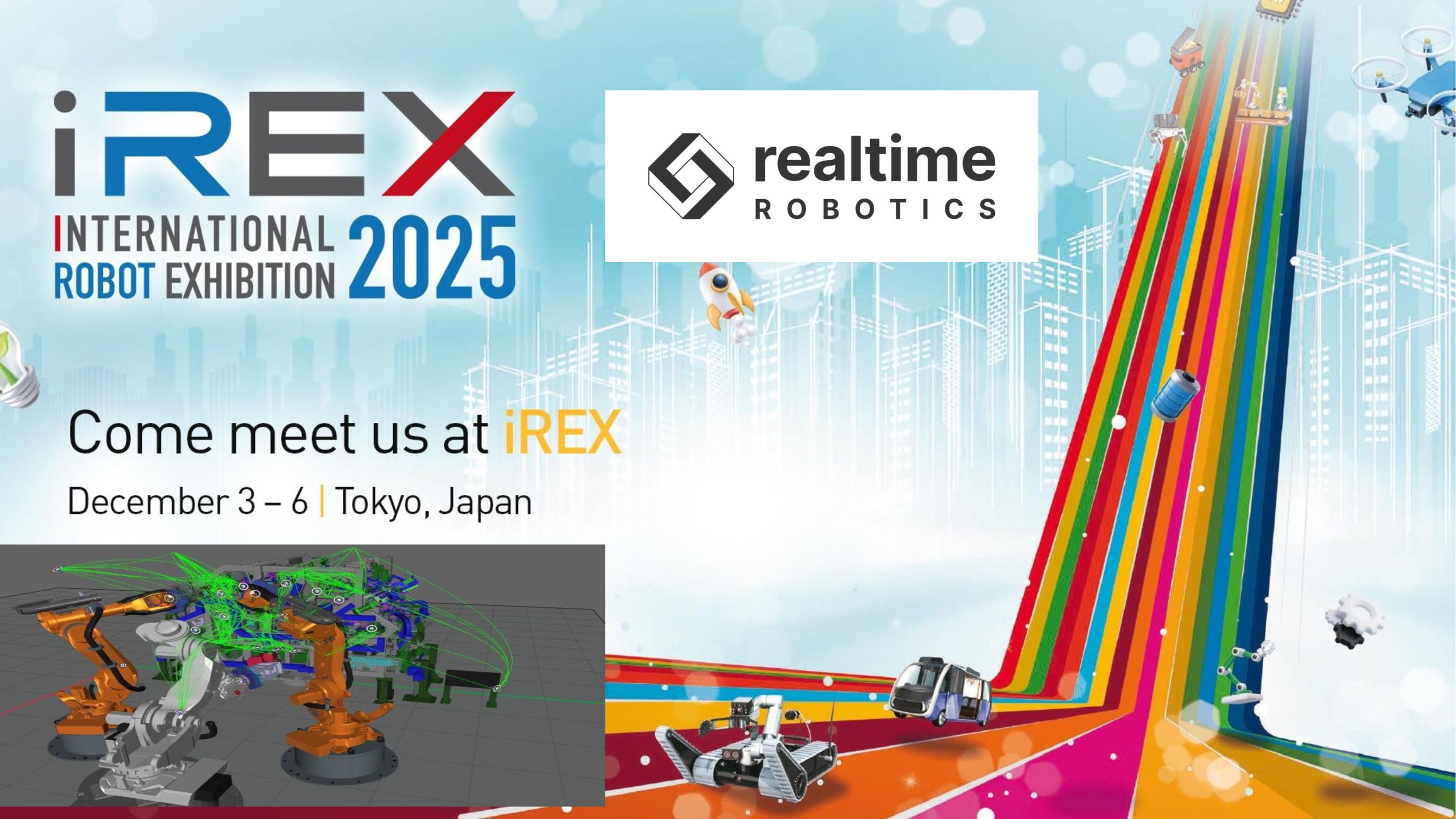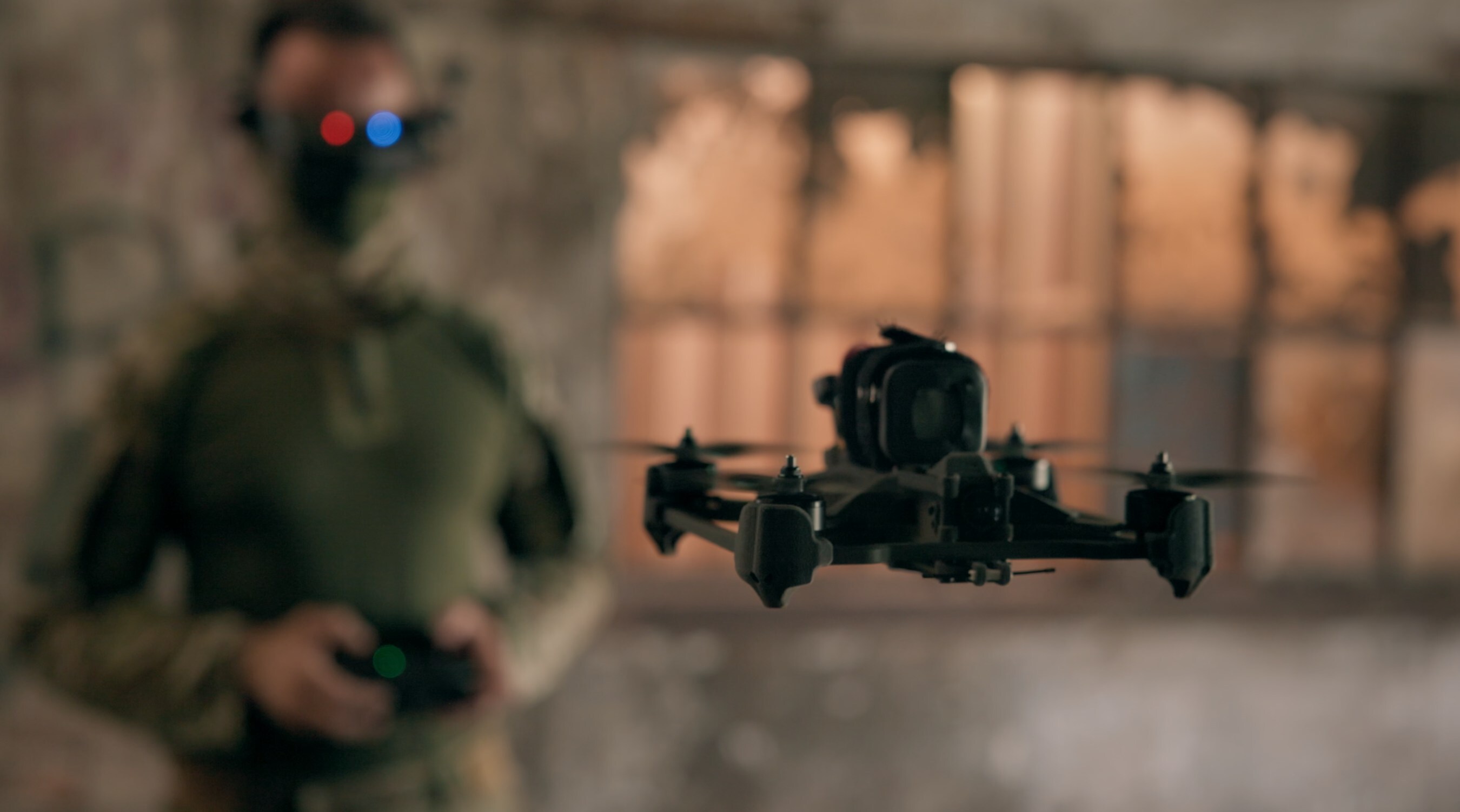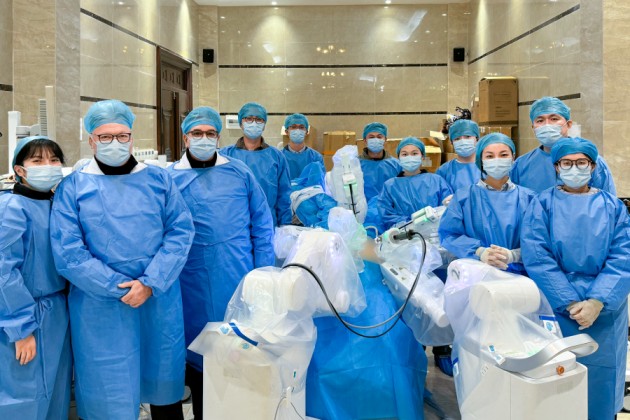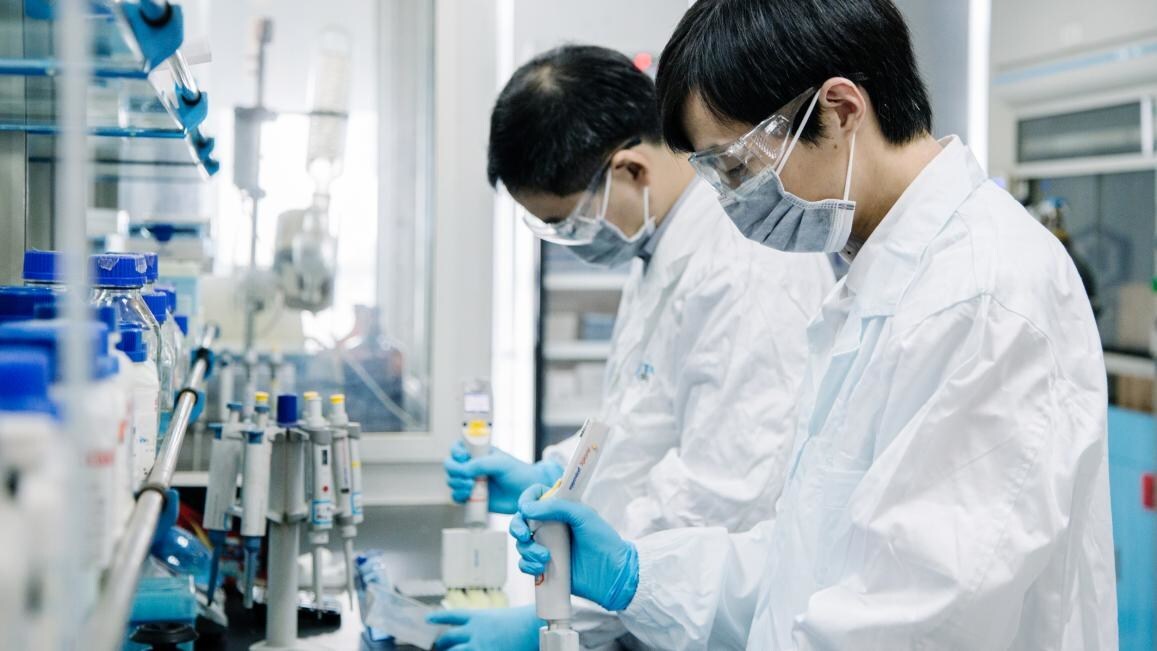How Symage Is Redefining AI Training with Physics-Based Synthetic Image Generation
25 March 2025 | Interaction | By editor@rbnpress.com
Brian Geisel, CEO of Geisel Software, explains how Symage is accelerating safer, smarter AI development by replacing real-world data limitations with scalable, high-fidelity synthetic datasets
In an era where AI is only as good as the data it’s trained on, Geisel Software is setting a new standard with Symage—a physics-based synthetic image generation platform that’s reshaping how models learn. In this exclusive Q&A with Robotics Business News, CEO Brian Geisel dives into how Symage helps AI developers slash data prep time, eliminate bias, improve model accuracy, and scale innovation across industries—without the headaches of real-world data collection.
What is SYMAGE, and how does it revolutionize AI training with synthetic image generation?
Developed by Geisel Software, Symage is a groundbreaking synthetic image generation platform designed to transform AI training by delivering custom 3D photorealistic synthetic image data with pixel-perfect smart labeling. As industries increasingly demand high-quality, scalable training data, Symage provides a faster, more accurate, and cost-effective alternative to traditional real-world data collection. Unlike conventional synthetic data solutions that rely on generative AI, Symage leverages physics-based simulation, ensuring that AI models do not suffer from the degradation typically associated with generative AI-generated datasets.
One key advantage of Symage is its ability to accelerate AI development. While traditional methods require extensive time for collecting, cleaning, and labeling real-world data, Symage streamlines this process, reducing data preparation time by up to 90%. It also enhances model accuracy by generating bias-free, high-fidelity datasets that can be tailored to include even the most extreme edge cases, ensuring AI models perform reliably across diverse environments. Because Symage uses physics-based simulation rather than generative AI, its datasets maintain consistent accuracy and reliability over time, preventing model drift and degradation that can occur when AI models are trained on synthetic data generated by traditional generative approaches.
Beyond accuracy and efficiency, Symage eliminates the high cost associated with real-world data collection and annotation. Its scalability allows developers to create limitless, real-world-ready datasets, enabling AI to train on virtually any scenario without logistical or environmental constraints. This is particularly valuable in industries where rare, hazardous, or complex conditions need to be simulated, such as healthcare, robotics, and logistics.
Additionally, Symage helps AI teams innvoate faster by eliminating the steep learning curve associated with creating synthetic datasets from scratch. Rather than spending months figuring out how to generate, validate, and refine training data, teams can instantly leverage Symage’s high-fidelity datasets to accelerate their AI training.
This is critical because AI is improving at a compounding rate—every moment spent manually creating datasets is time lost while competitors using third-party synthetic data solutions are rapidly iterating, improving, and deploying their models. The AI industry moves fast, and teams that waste time "doing it themselves" risk falling behind in the race for innovation.
How does SYMAGE compare to traditional methods of training AI models using real-world datasets?
Symage transforms AI training by addressing the limitations of traditional real-world data collection. Unlike conventional methods, which often face logistical, ethical, and cost constraints, Symage can generate limitless, real-world-ready data. This enables AI developers to train models on virtually any scenario without being restricted by the challenges of real-world data availability. Its ability to simulate a wide range of real-world and edge-case scenarios ensures that AI models are trained on diverse datasets, filling gaps that real-world data often fails to cover.
Symage stands out for its ability to drastically reduce the time required for data preparation. Traditional data collection involves lengthy processes such as gathering, cleaning, and manually labeling datasets, which can delay AI model development. Symage streamlines this process by automating data preparation, reducing the time spent on these tasks by up to 90%. This acceleration allows AI teams to focus on model refinement and deployment rather than being bogged down by data processing.
Symage not only streamlines AI training but also revolutionizes data integrity by eliminating human labeling errors, offering automated data labeling including exact 3D positioning (XYZ coordinates), and structured metadata for enhanced model accuracy. By allowing developers to craft well-balanced and representative datasets, Symage minimizes biases commonly found in real-world data. Its physics-based simulation further enhances AI training by generating highly realistic 3D environments that improve model accuracy.
Symage offers a cost-effective alternative to traditional AI training methods, which often require expensive data collection and annotation. By removing these financial burdens, it makes AI development more accessible while generating high-fidelity, bias-free datasets that enhance model precision. With faster access to high-quality data, AI teams can innovate more rapidly, improving deployment speed and overall performance.
What industries or applications stand to benefit the most from synthetic image generation in AI development?
Synthetic image generation has the potential to transform a wide range of industries by providing AI models with high-quality, customizable training data. By simulating real-world environments and edge-case scenarios, synthetic data allows AI systems to operate more efficiently, accurately, and safely. Some of the most promising applications can be found in warehouse operations, transportation and delivery, quality control, and supply chain optimization.
In warehouse operations, AI-powered cameras can streamline inventory management by tracking and counting stock in real-time, reducing errors and improving efficiency. Computer vision is also playing a crucial role in automated sorting and packaging, where robots accurately detect, classify, and route packages based on their characteristics. Vision-guided robotics take this a step further in robotic picking and packing, with some systems processing over 13 million packages daily. These advancements help businesses increase productivity and reduce reliance on manual labor.
With synthetic image generation, the transportation and delivery industry is making significant strides in automation, particularly in self-driving technology. AI-driven computer vision equips autonomous trucks with the ability to assess road conditions and navigate safely, reducing accident risks in freight movement. Real-time route optimization powered by AI ensures deliveries follow the most time- and fuel-efficient paths. And drone delivery, enhanced by vision-based navigation, offers a scalable solution for reaching remote locations, making last-mile logistics more efficient and dependable.
Quality control and safety measures are also being improved through synthetic data. AI-driven damage detection systems can identify defective or broken goods at multiple points in the supply chain, reducing waste and minimizing financial losses. AI-powered safety monitoring enhances warehouse operations by detecting potential hazards and ensuring compliance with safety protocols, helping prevent workplace accidents.
Synthetic image data is transforming healthcare by tackling some of the biggest challenges in medical imaging and AI development. By creating realistic medical images, it helps expand limited datasets, protects patient privacy, and unlocks new possibilities in radiology and diagnostics. AI models trained on synthetic data can improve classification, segmentation, and disease detection, making them more accurate and reliable. Beyond that, synthetic data is driving innovation in areas like modality translation, contrast synthesis, and even training radiologists, giving them access to diverse cases without relying on real patient scans.
The impact of synthetic image generation in AI goes way beyond just a few industries—it’s unlocking endless possibilities across almost every sector.
How does SYMAGE ensure the accuracy and realism of synthetic images to improve AI model performance?
Symage guarantees the accuracy and realism of its synthetic images through a multi-faceted technical approach that integrates physics-based simulation, advanced 3D rendering, and automated intelligent data labeling. By replicating real-world conditions with high-fidelity detail and pixel-perfect annotations, Symage ensures that AI models train on datasets that are both realistic and reliable, avoiding the pitfalls associated with generative AI-based synthetic data.
At the core of Symage’s approach is physics-based simulation, which accurately replicates real-world dynamics such as lighting interactions, material properties, and object collisions. Unlike generative AI, which can introduce unrealistic artifacts that degrade model performance, Symage’s physics-based techniques ensure that AI models learn from data grounded in reality. Additionally, environmental variables such as lighting conditions, weather effects, and camera angles can be fine-tuned to mirror specific real-world scenarios, enhancing the robustness of AI models across different conditions.
Another key factor in Symage’s realism is its photorealistic rendering capabilities. Using state-of-the-art 3D rendering techniques, Symage produces pixel-level detail that makes synthetic images nearly indistinguishable from real-world photos. This high fidelity allows AI models to train on edge cases and rare scenarios that are difficult or impossible to capture in real-world data collection, such as manufacturing defects, extreme driving conditions, or hazardous environments. By ensuring these scenarios are represented in training data, Symage helps AI systems perform reliably in the most challenging real-world conditions.
To further enhance accuracy, Symage employs automated intelligent data labeling, which ensures pixel-perfect annotations without the inconsistencies of manual labeling. Unlike traditional methods, which are prone to human error and require significant labor, Symage’s intelligent labeling system generates precise object boundaries, depth maps, and segmentation masks directly during image synthesis. This not only eliminates labeling errors but also ensures consistency and quality across datasets. Additionally, because Symage allows for complete control over dataset parameters, it mitigates bias often present in real-world data, ensuring AI models are trained on balanced, representative datasets.
By combining physics-based accuracy, photorealistic rendering, and automatic intelligent data labeling, Symage provides AI developers with high-quality, scalable, and unbiased synthetic training data. This approach enhances model performance, reduces training errors, and ensures AI systems can operate effectively in real-world environments, making it a game-changer for AI development across industries.
What role does SYMAGE play in addressing challenges like data scarcity, bias, and privacy concerns in AI training?
Symage serves as a powerful solution to some of the most pressing challenges in AI training, including data scarcity, bias, and privacy concerns. By providing high-quality synthetic image data, it enables AI developers to train models with greater flexibility, accuracy, and security while overcoming the limitations of real-world data collection.
One of the most significant hurdles in AI development is data scarcity. Real-world data can be difficult, expensive, or even impossible to collect, especially in cases where rare or extreme scenarios need to be accounted for. Symage eliminates these constraints by generating custom 3D photorealistic synthetic image datasets that are virtually unlimited in scale. It allows AI developers to simulate diverse real-world and edge-case scenarios, ensuring that models are trained on comprehensive and representative datasets without the logistical barriers of traditional data collection.
Bias in AI training is another major concern, as real-world datasets often contain demographic, environmental, or systemic biases that can lead to unfair or unreliable model outcomes. Symage directly mitigates these biases by giving developers complete control over data generation parameters. This level of precision ensures that datasets remain balanced and representative, allowing AI models to be trained on diverse, unbiased information. Because Symage enables the creation of fully customizable datasets, it helps in building more robust AI models that perform reliably across different populations and conditions.
In addition to addressing data scarcity and bias, Symage plays a critical role in enhancing data privacy. Traditional AI training often relies on real-world data that includes sensitive personal or proprietary information, raising ethical and legal concerns around data security. By using synthetic image data instead of real-world sources, Symage eliminates the need for collecting and storing sensitive data, reducing the risk of privacy violations. This makes it an ideal solution for industries where data protection and regulatory compliance are paramount, such as healthcare, finance, and security.
By overcoming challenges related to data scarcity, bias, and privacy, Symage provides AI developers with a scalable, ethical, and high-fidelity approach to training. Its ability to generate limitless, unbiased, and privacy-safe synthetic data ensures that AI models are not only more accurate and fair but also safer and more compliant with evolving regulations and ethical standards.
Are there any partnerships or collaborations involved in the development and deployment of SYMAGE?
Geisel Software, a leading software development company, is the creator and primary developer of Symage. Leveraging their extensive expertise in AI, machine learning, computer vision, and robotics, Geisel Software has been instrumental in bringing Symage to fruition. The company's strong track record in developing cutting-edge AI solutions, combined with their experience across various sectors such as healthcare, robotics, and aerospace, has informed Symage's design to be versatile and applicable across multiple industries. Geisel Software's software engineering prowess has been key in implementing Symage's complex features, such as physics-based simulation and automated labeling.
What are the long-term plans for expanding SYMAGE’s capabilities and market reach?
Symage recently expanded its capabilities beyond synthetic image generation with the launch of SymageDocs, a powerful tool for generating structured synthetic text and tabular data. SymageDocs provides privacy-safe, high-fidelity synthetic datasets for industries like banking, insurance, and healthcare. With SymageDocs, organizations can simulate financial forms, transaction records, patient data, and customer profiles, improving AI training for fraud detection, risk assessment, and predictive analytics—without relying on sensitive real-world data.
Looking ahead, Symage is also driving innovation for multimodal simulation, focusing on generating synthetic LiDAR, radar, and sensor data for applications in autonomous vehicles, robotics, and advanced driver-assistance systems (ADAS). By fusing physics-based simulations, reduced-order models, and advanced rendering techniques, Symage is developing hyper-realistic multimodal datasets that replicate complex real-world environments with precision. These advancements will empower AI models to train on highly diverse, high-fidelity datasets, making them more accurate, scalable, and adaptable across industries.





